Testing UAV based systems in the field– what we learnt
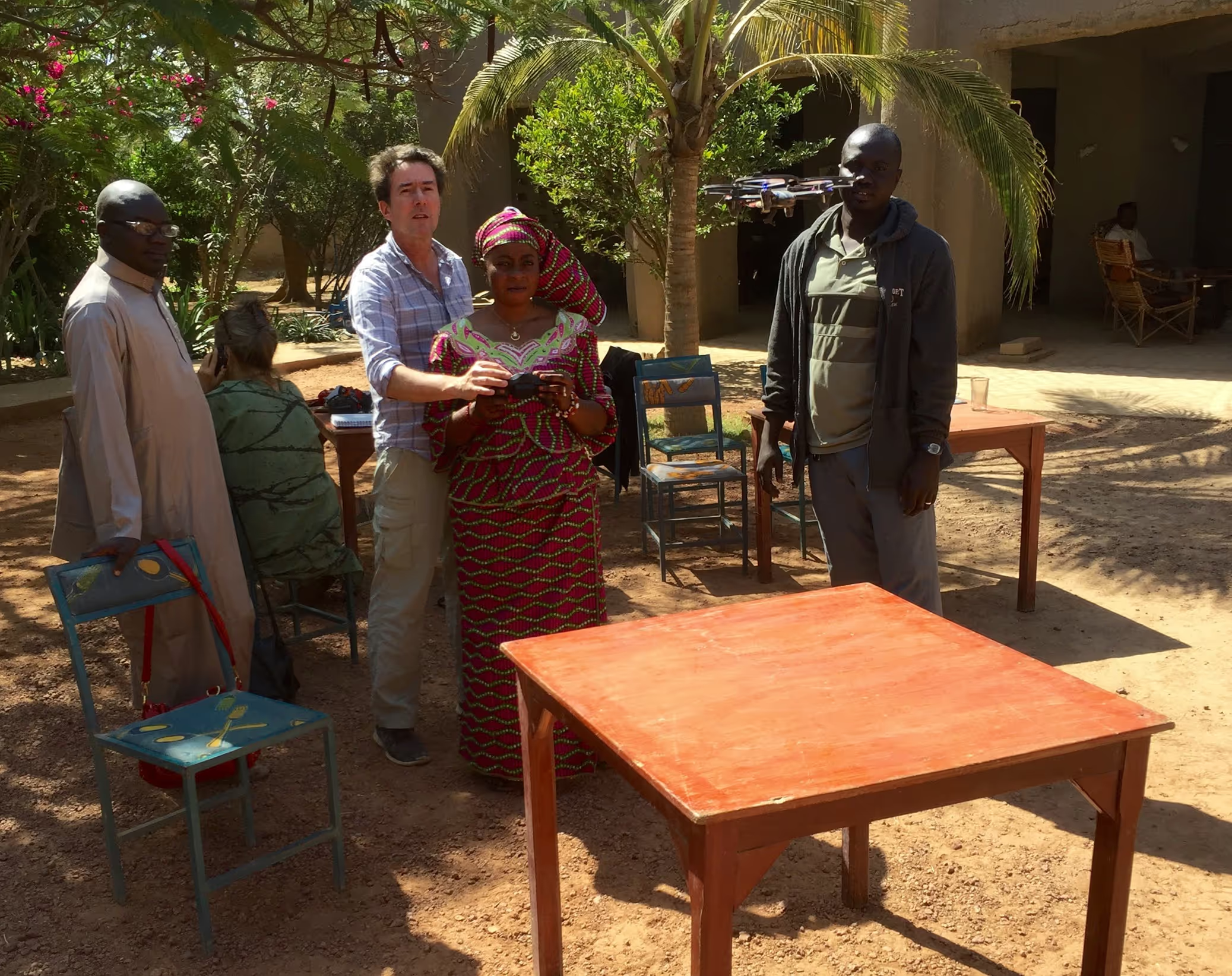
The use of aerial based systems involving UAVs or drones in a country where there is not a precedent can require extensive consultation. We are at the very beginning of a new era that brings together aviation, robotics and cloud based applications, creating new challenges and opportunities.
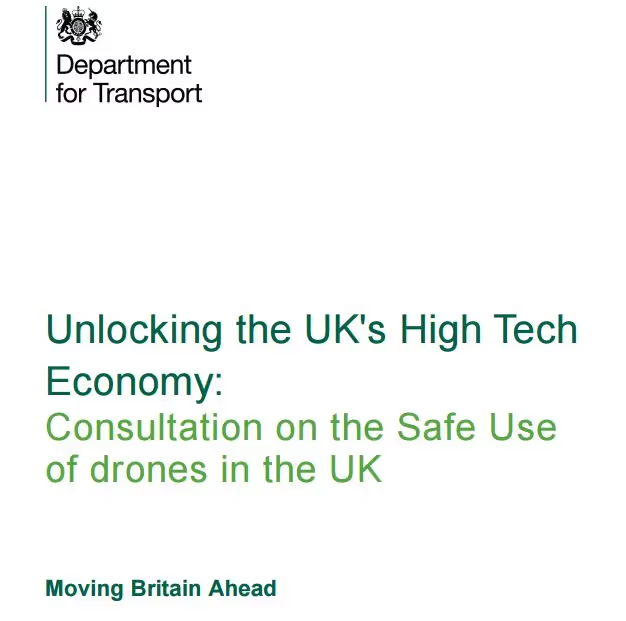
The UK Government has recognised the potential of this field with the launch of a consultation in December 2016 to look at the benefits drones can bring to the UK with the aim to:
- create the conditions for the cutting edge commercial use of drones to
- create high value jobs
- encourage the development of drone based services that could boost the economy
- addressing safety, security and privacy challenges and concerns that drones present
The UK Government’s enthusiasm highlight its potential elsewhere, for example in Mali, where if the use of drones is combined with local capacity building, the benefits of the aerial based systems could extend from the short term benefits from a humanitarian perspective to longer term economic benefits and crucially creating jobs in the digital economy.
At the mCubed Initiative we have been looking at how such systems can be safely and responsibly used to support efforts by communities to safeguard and raise awareness and understanding of their heritage assets, within their country and in the wider world - see a short video.
Heritage stewardship is an international priority, with awareness that innovation and better tools are needed. But how do countries protect themselves against misuse or accidents? How best can we introduce the benefits of such systems in ways that mitigate the concerns about misuse or accidents?
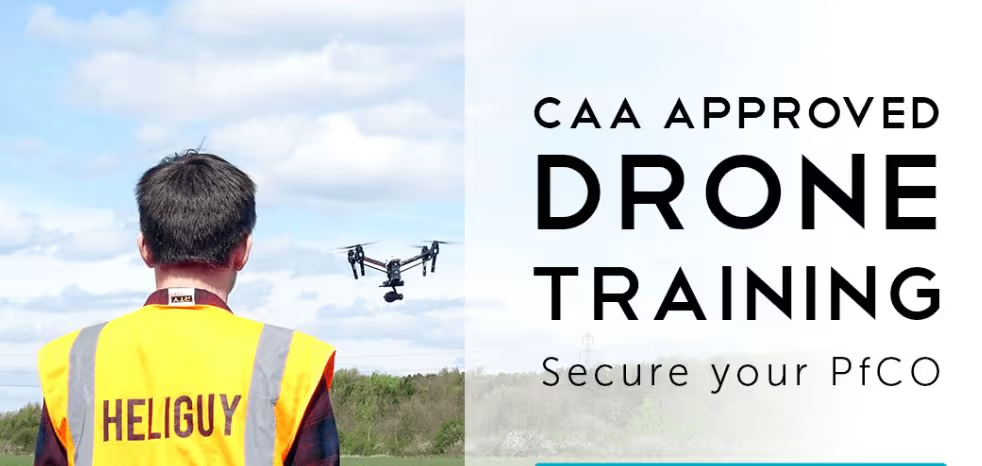
In looking at these issues, there is a lot we can learn from other sectors where UAV usage has become much more mainstream. This blog looks at four key challenges facing drones in the humanitarian sector and features comments from UK-based UAV specialists, Heliguy. Heliguy is uniquely placed to have insights in this field, offering as it does a number of drone training programmes starting with the approval certificate that on behalf of the Civil Aviation Authority (CAA) as an approved National Qualified Entity.
We have highlighted four major issues to be addressed including technology, connectivity, trust and regulations.
- Technological Compatibility
The complexity of systems integration means that tests need to be carried out to look at issues of compatibility and reliability. There is a trade off in costs here between IOS and Android; Open source code and proprietary software. In our mission critical operations it has often proven better to go for the tested and supported products even if they are not the cheapest option. - Connectivity and Bandwidth
The trend towards apps and web based services for image processing is placing a premium on internet access. In many of the places with weak infrastructures connectivity is limited. This creates a constraint on communications as well as use of web based services. Cloud based providers of image analytics, such as DroneDeploy are increasingly developing their applications so they can be used offline. At the same time connectivity though 3G+ systems is improving all the time as well.
Improving connectivity through methods such as airborne Wi-Fi hotspots would allow for more streamlined interplay between unmanned aircraft and existing solutions. The ability to use these programmes anywhere would definitively widen their scope of use. - Mistrust of Drones
In some of the countries where we hope to use drones for heritage stewardship, drone use is dominated by military as opposed to civil applications, and there are examples of consumer drones being weaponised. To address this issue we working collaboratively with a local team, consulting all the affected Government agencies and using small drones with a very limited range. Many of these concerns are addressed in existing regulations which govern the safe usage of UAVs However we believe the best way to combat the mistrust of drones is to show how useful they are, for exampling creating a 3D model of a structure – capturing details that would be inaccessible by conventional methods - which aids in conservation or reconstruction. - Regulatory
With a large and growing drone based industry as well as highly regulated (and congested) air space, the training standards set by the UK’s Civil Aviation Authority (CAA) are some of the most demanding in the world. The UK is a good place to start recognising that it supports one of the safest aviation industries in the world. Both the UK CAA and the European Aviation Safety Agency (EASA) have ongoing consultations on future regulations on the use of drones, and aim to feed into International Civil Aviation Authority (ICAO) policy.
Regulations and guidance will continue to evolve. It must be an operator’s responsibility to stay up to date with the rapid shifts in regulation that are occurring throughout the nascent market of drone services. If you follow the above advice, there’s no reason that you shouldn’t be able to make a success of a UAV project whether for humanitarian purposes or an industrial venture.
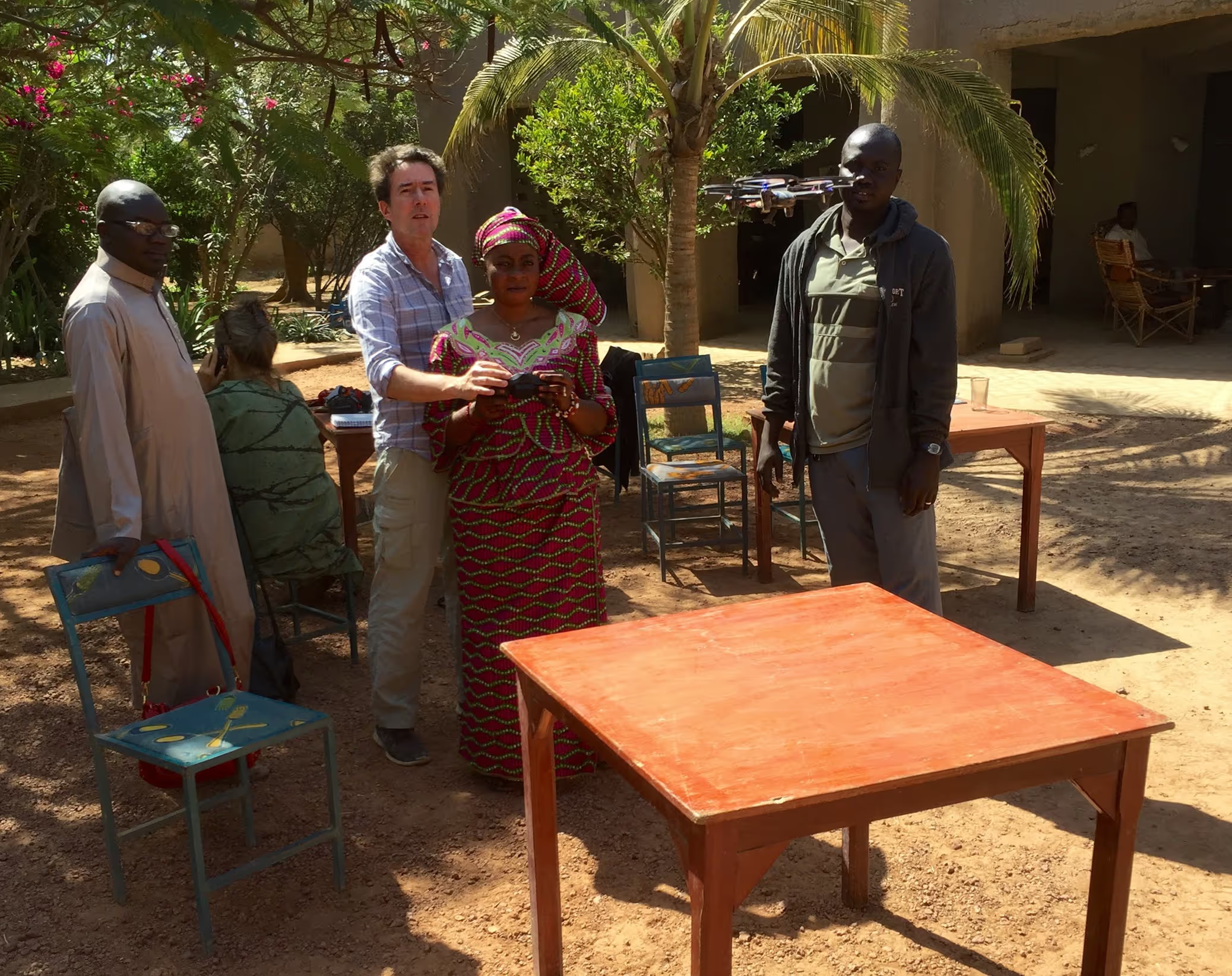
Conclusions
We have sought to foster a collaborative approach bringing in partners from academia and industry to gain insights of use case examples from other sectors and other regions of the World.
This has involved assessing the current CCA approved training programmes, exploring use cases in the field of aerial archaeology, practical test flights both in the UK and internationally, and reaching out for appropriate guidance within Mali where the main field work has been focussed, as well as pioneering a training format to enable local people to experience learning to fly drones themselves.
We will continue to publish insights on our project blog page. Any thoughts please get in touch with Nicholas Mellor.
See our Facebook page.
Twitter: @heliguy
Stay updated
Sign up for our newsletter to receive regular updates on resources, news, and insights like this. Don’t miss out on important information that can help you stay informed and engaged.
Related articles
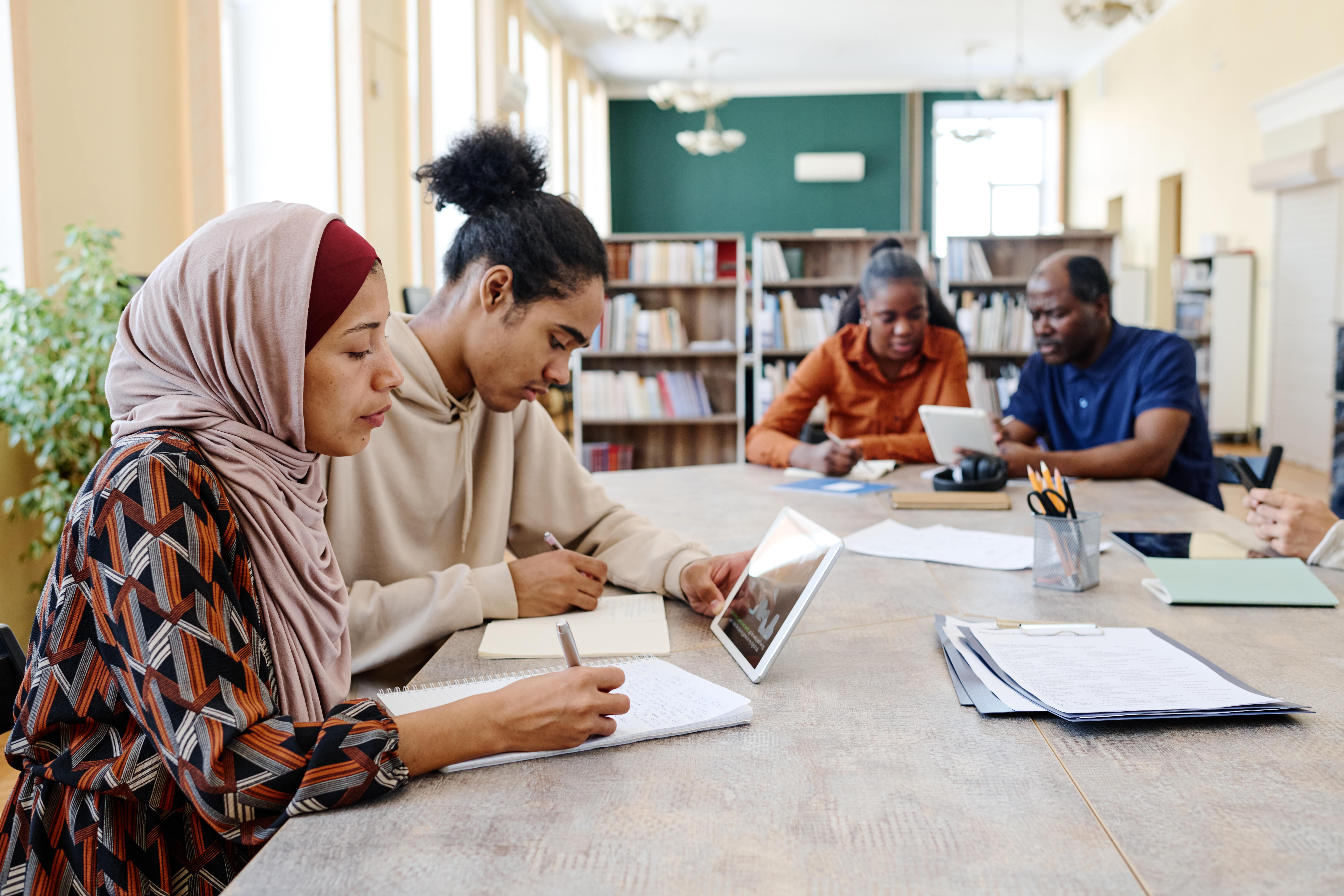

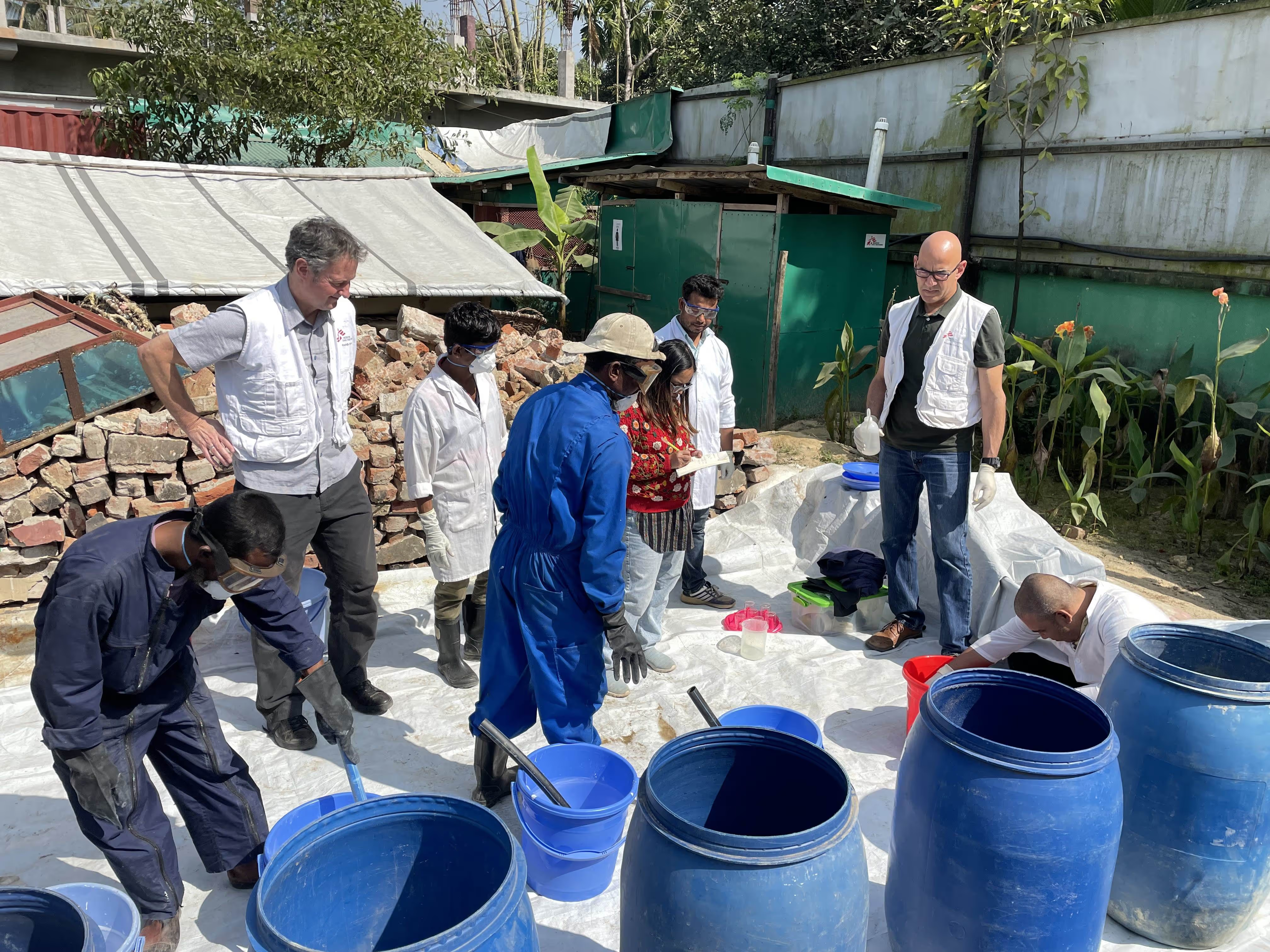
Explore Elrha
Learn more about our mission, the organisations we support, and the resources we provide to drive research and innovation in humanitarian response.